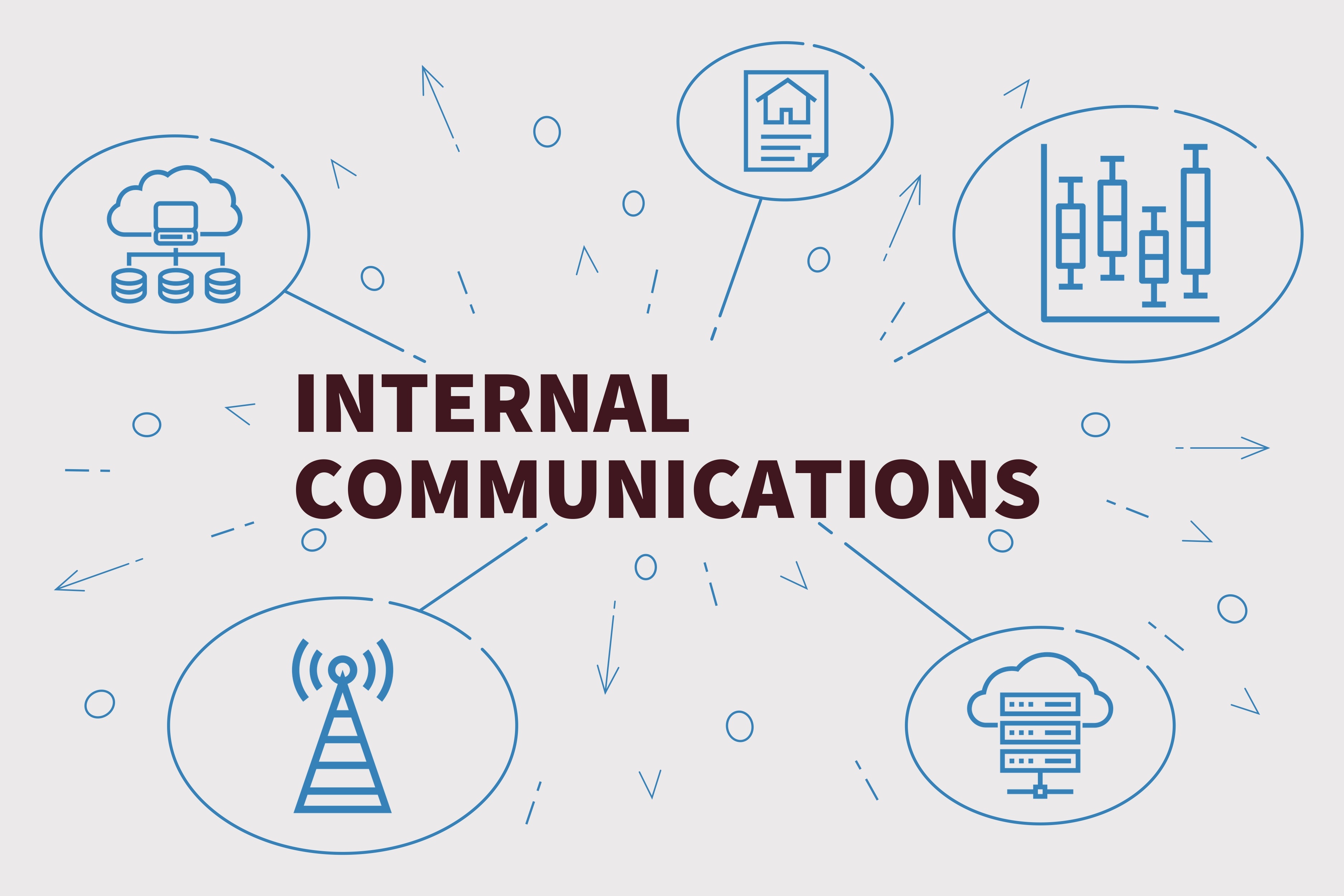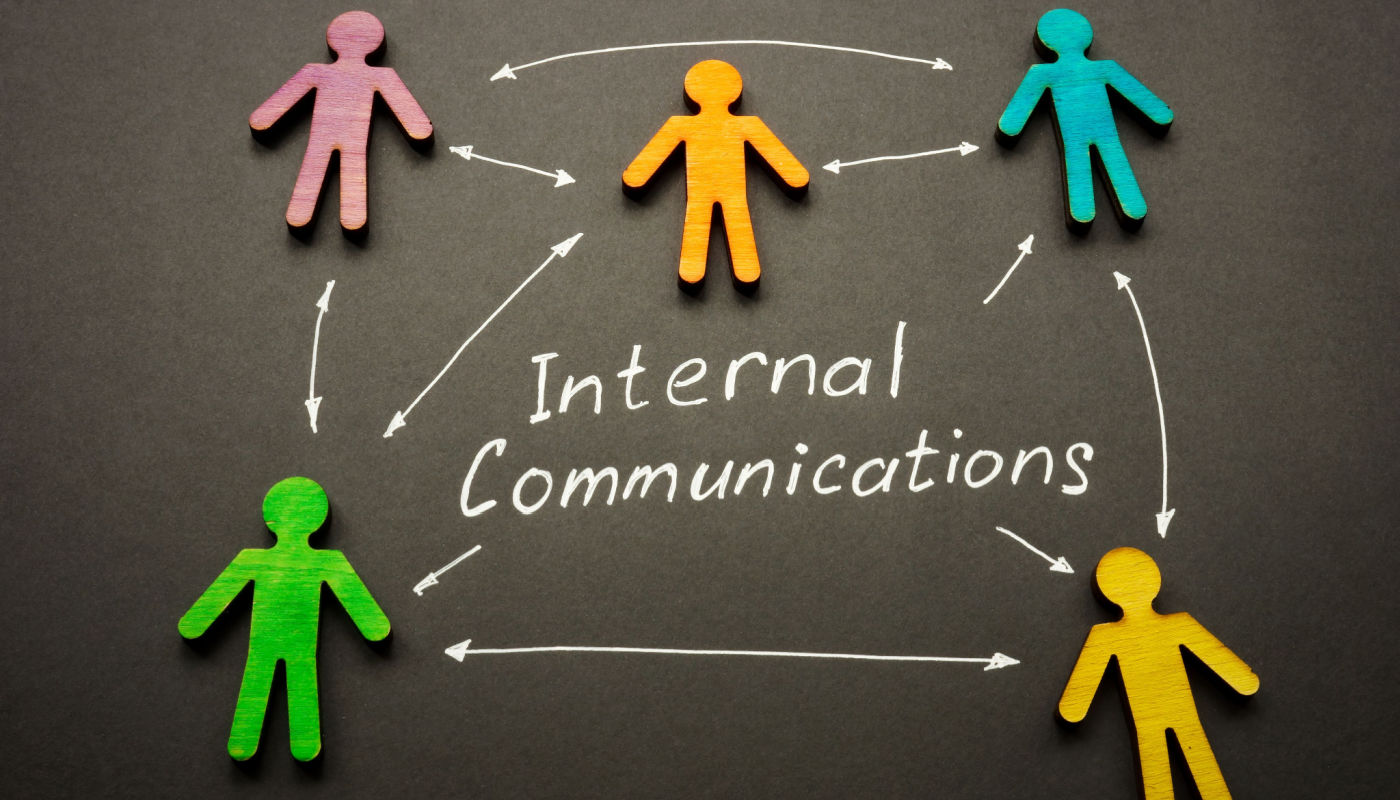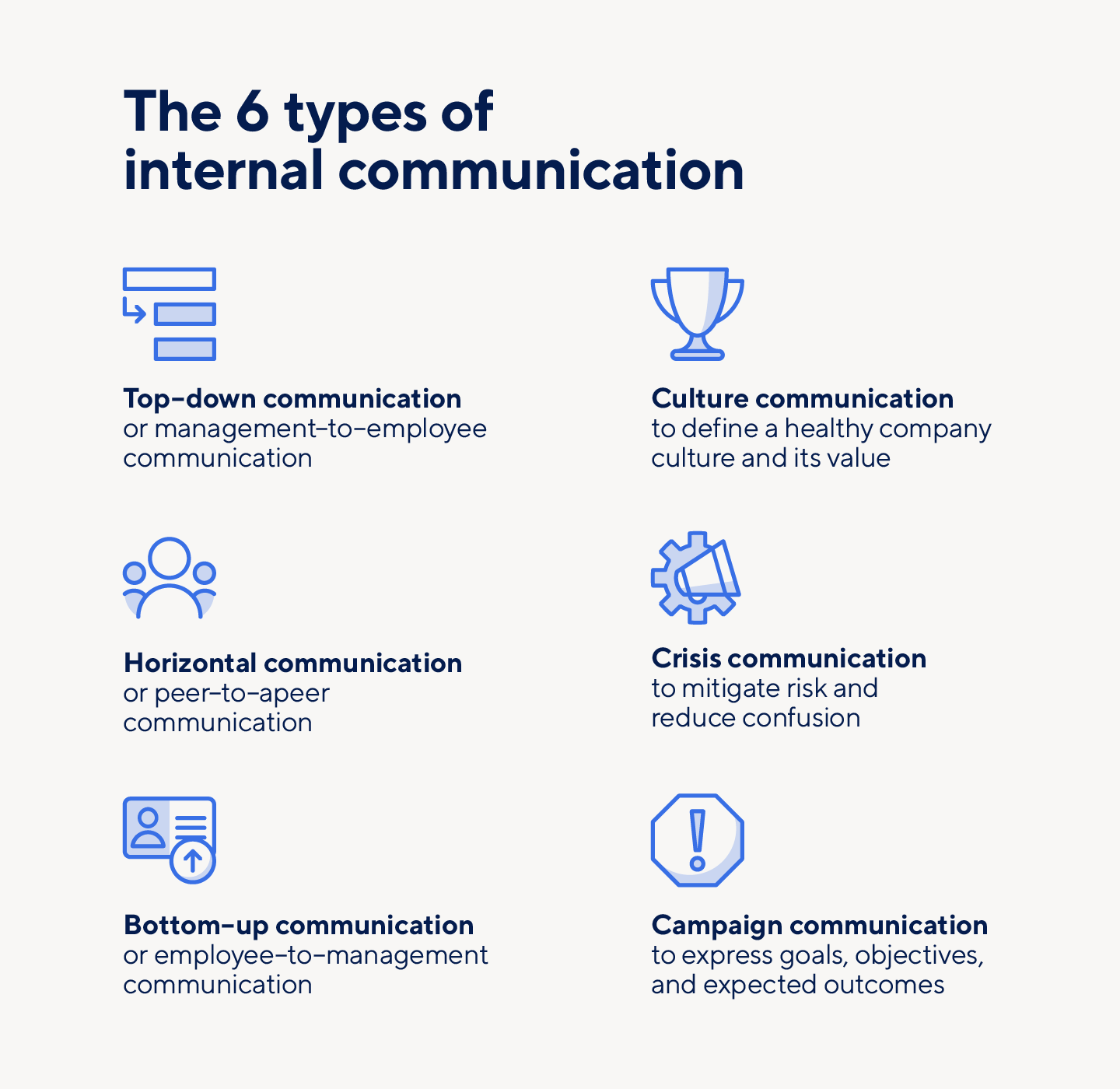
Internal communication
So, you want to keep your team informed and happy? You’re in the right place. Internal communication is basically how you share information within your company. It’s like the nervous system of your business, keeping everything connected and flowing smoothly.
Think of it this way: Imagine you’re trying to build a sandcastle. You need everyone on the same page, right? You need to know who’s bringing the buckets, who’s digging the moat, and who’s responsible for the moat decorations (seashells, obviously). That’s where good internal communication comes in.
Why is Internal Communication Important?

Okay, let’s get real. Good internal communication isn’t just about avoiding awkward office gossip or preventing that one project from completely derailing. It has some serious benefits:
Increased Employee Engagement
When employees feel informed and valued, they’re more likely to be engaged. They feel like they’re part of something bigger, and that their work actually matters. This leads to happier employees, and happier employees are more productive.
Improved Productivity
Clear communication means fewer misunderstandings and delays. Everyone knows their role, deadlines are clear, and there’s no confusion about who’s responsible for what. This leads to smoother workflows and, you guessed it, increased productivity.
Stronger Company Culture

Open and honest communication fosters a positive company culture. When employees feel comfortable sharing their ideas and concerns, it creates a sense of trust and belonging. This can lead to a more collaborative and supportive work environment.
Reduced Employee Turnover
Let’s be honest, no one wants to work at a place where they feel lost and unheard. Good internal communication helps employees feel valued and appreciated, which can significantly reduce employee turnover.
Enhanced Customer Satisfaction
When your team is well-informed and aligned, they can better serve your customers. They’ll have a deeper understanding of your company’s goals and values, which will translate into better customer service.
Channels for Internal Communication
Now, let’s talk about the different ways you can communicate with your team. There’s no one-size-fits-all solution, so it’s important to choose the channels that work best for your company culture and employee preferences.
Company-Wide Meetings
These are great for sharing important announcements, celebrating successes, and gathering feedback. However, keep them concise and engaging to avoid employee burnout.
Team Meetings
Regular team meetings are essential for discussing projects, resolving issues, and keeping everyone on the same page.
Email is still a widely used communication tool, but it’s important to use it strategically. Keep your emails concise and to the point, and avoid sending unnecessary information.
Instant Messaging
Tools like Slack and Microsoft Teams are great for quick questions, informal discussions, and sharing files.
Intranet
An intranet is a private network within your company. It can be used to share company news, policies, and resources.
Employee Surveys
Regular employee surveys can provide valuable insights into employee morale, communication preferences, and areas for improvement.
Social Media
Internal social media platforms can be used to foster community and encourage employee engagement.
Tips for Effective Internal Communication
Keep it Simple and Clear
Avoid jargon and technical terms. Use plain language that everyone can understand.
Be Consistent
Establish regular communication channels and stick to them. This will help build trust and ensure that everyone stays informed.
Listen Actively
Encourage employee feedback and actively listen to their concerns and suggestions.
Make it Two-Way
Internal communication should be a two-way street. Encourage employees to share their ideas and participate in discussions.
Use the Right Tone
The tone of your communication should be appropriate for the message and the audience.
Leverage Technology
Utilize the latest communication technologies to improve efficiency and engagement.
Celebrate Successes
Recognize and celebrate employee achievements to boost morale and motivation.
Address Issues Promptly
Don’t ignore employee concerns or complaints. Address them promptly and professionally.
Common Internal Communication Challenges
Information Overload
Too much information can be just as harmful as too little. Employees can easily become overwhelmed and disengaged.
Siloed Teams
When teams work in isolation, information doesn’t flow freely, which can lead to inefficiencies and misunderstandings.
Lack of Transparency
Employees are more likely to trust and respect leaders who are transparent and honest.
Poor Listening Skills
Active listening is crucial for effective communication.
Fear of Speaking Up
Employees may be afraid to share their concerns or opinions due to fear of retribution.
Cultural Barriers
In diverse workplaces, cultural differences can sometimes create communication barriers.
Conclusion
Effective internal communication is essential for the success of any organization. By implementing the strategies outlined in this article, you can create a more informed, engaged, and productive workforce. Remember, open and honest communication is the foundation of a strong and successful company.
Disclaimer: This article is for informational purposes only and should not be considered professional advice.